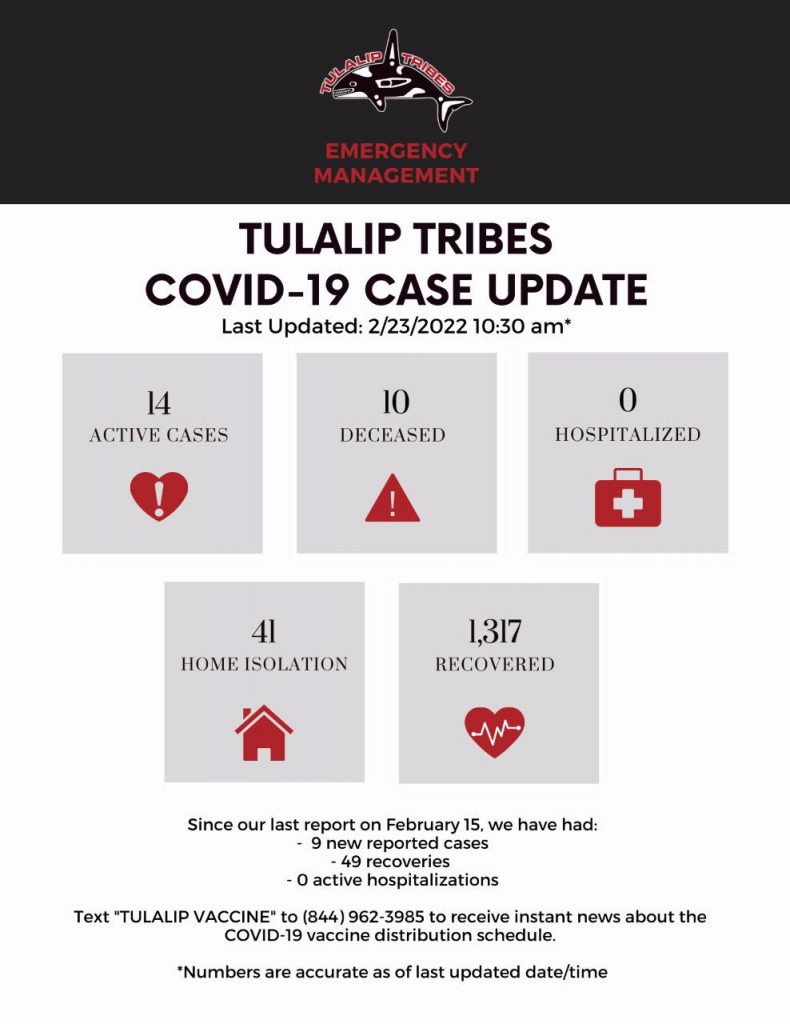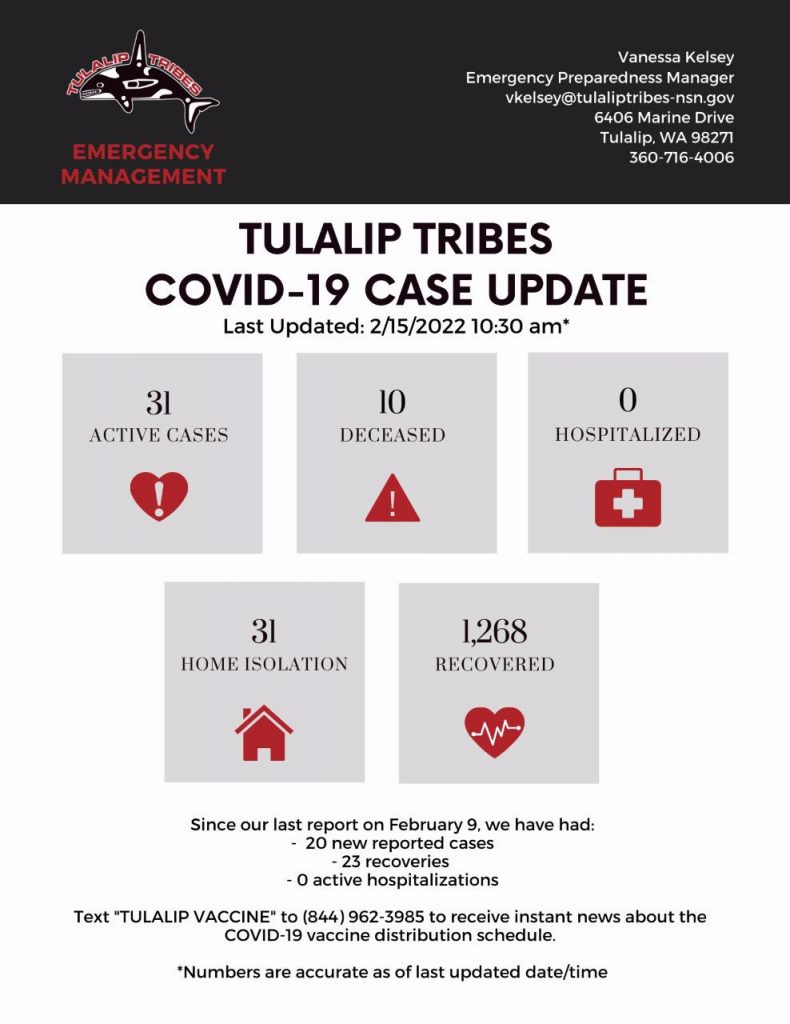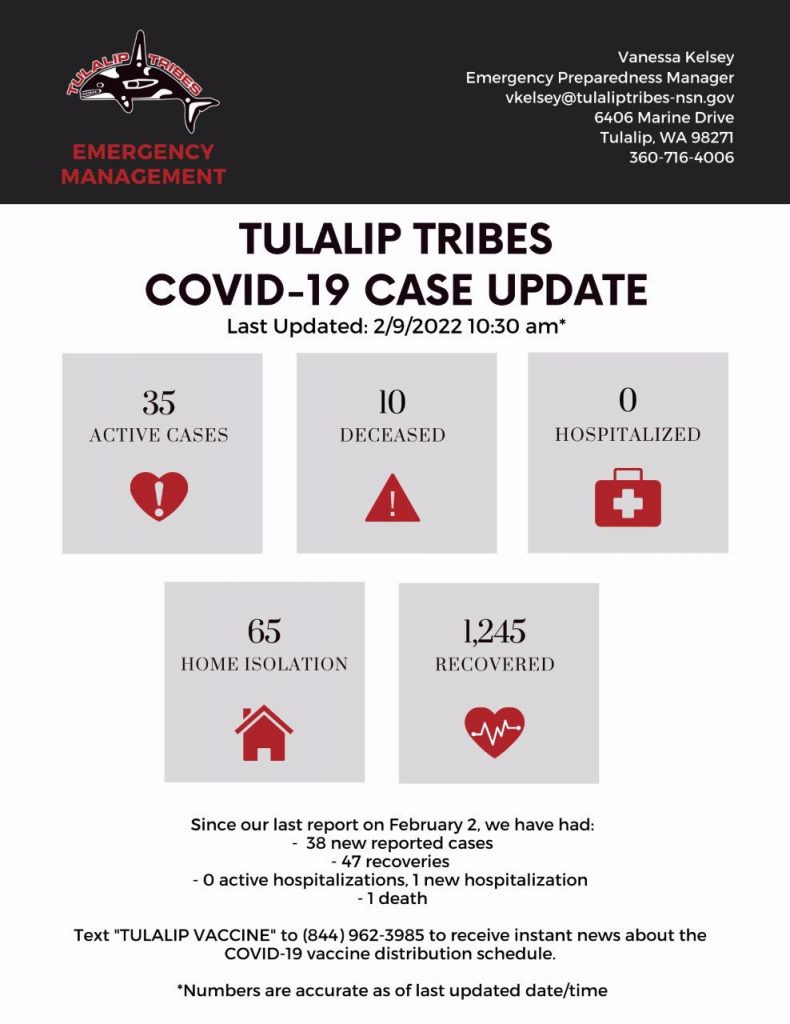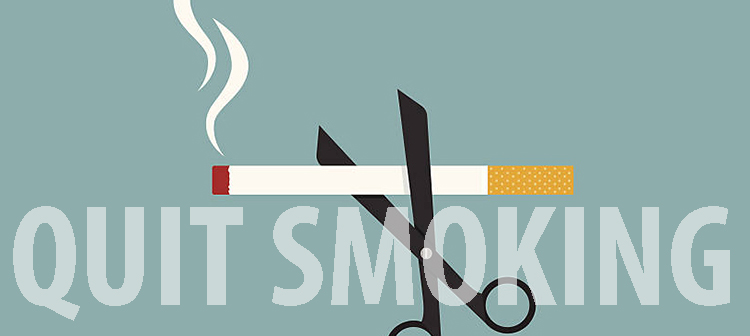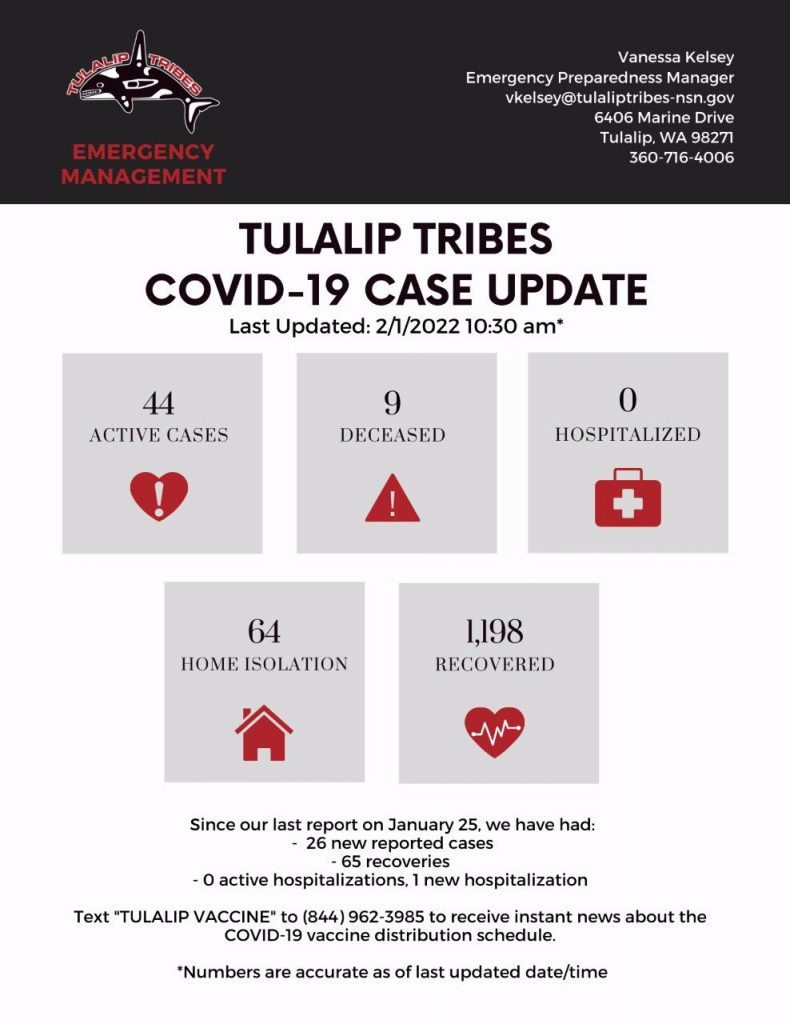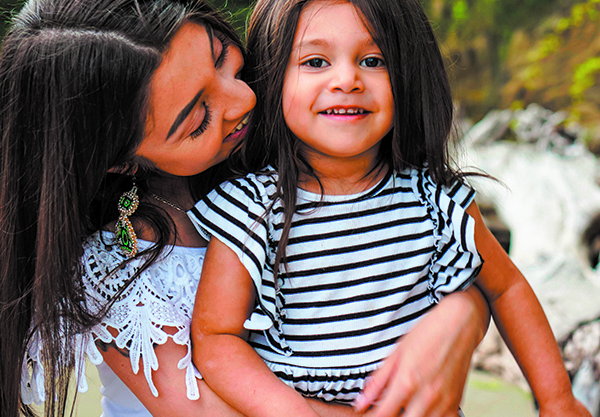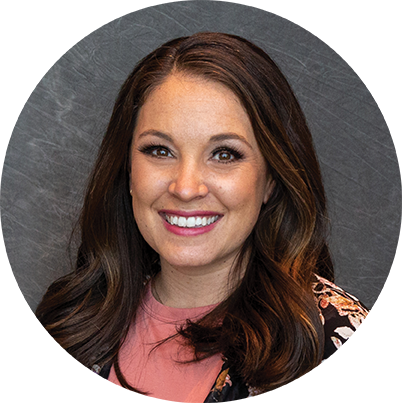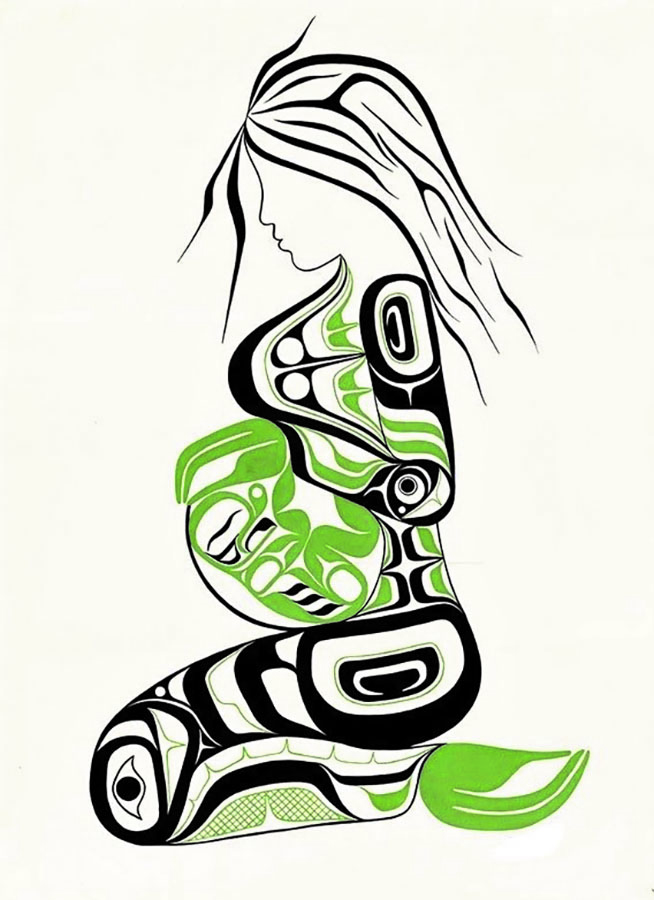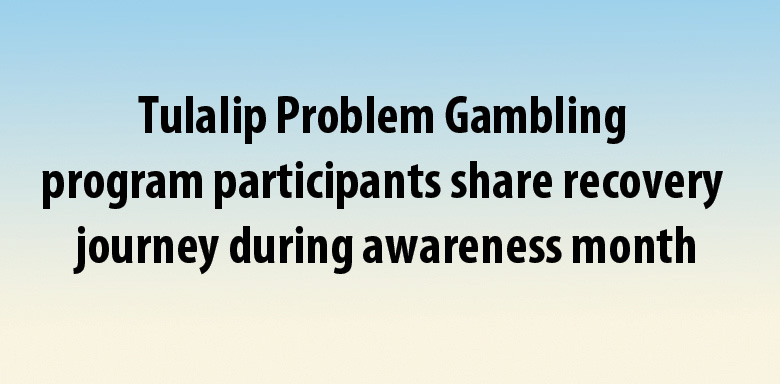
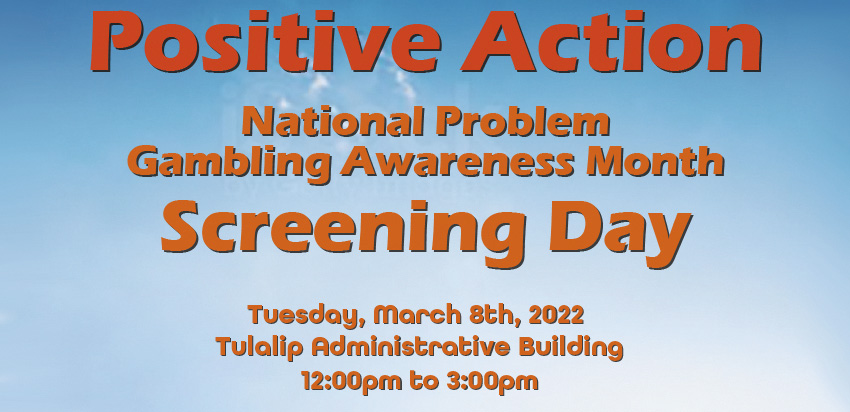
By Kalvin Valdillez Tulalip News
Did you know that as a people, Native Americans are at the highest risk of developing a gambling habit? A 2019 study conducted by the National Institute on Alcohol and Related Conditions showed that 2.3% of the entire Indigenous population are currently battling a gambling addiction, one of the highest percentages in the nation. And after a few years of dealing with the global pandemic, that percentage is unfortunately expected to increase.
Since it’s establishment, the Tulalip Problem Gambling program has been a reliable source to those attempting to kick their gambling habit for good, helping recovering addicts along their healing journey. Over the years, the program has served not only the tribal community, but non-Native gambling addicts who live in the local vicinity as well.
Many Problem Gambling participants have experienced a great deal of progress as they worked through the program, alongside individuals who are on a similar path. People they can relate to and who they feel comfortable talking to and sharing their darkest moments with, without the fear of them passing judgement.
The Problem Gambling Program provides a plan to recovery tailored to each individual’s needs while incorporating tribal culture, and a number of fun events and activities throughout each year. The Tulalip Family Services program has been such a great success, other tribes are now following their model to start their own problem gambling programs on their reservations.
The month of March is an important time of year for the program as they take part in a countrywide initiative known as Problem Gambling Awareness month. The campaign originally began nearly twenty years ago in response to the amount of sports gambling surrounding the NCAA March Madness college basketball tournament.
In an effort to spread the word about their services and the dangers of habitual betting, Problem Gambling hosts several events during the awareness month, as well as provides numerous resources and support to those fighting the gambling disease.
To help raise awareness, the Problem Gambling Program teamed up with Tulalip News to bring you a weekly series of articles throughout March. Over the course of the next four weeks, participants who have found success with the Problem Gambling program will share their stories about how the program assisted them in their recovery journey. And in some cases, how the program ultimately saved their lives.
The following story was recounted by local recovering addict, Jessica D. Trigger warning – this transcription touches on difficult subjects including suicide.
Jessica D:
“My story is — I’m trying to think about where to start. I hit rock bottom to the point where I didn’t want to live anymore. I actually tried numerous times to kill myself when driving in my vehicle. At the last second, I would always turn because I was afraid that hitting a cement wall or barrier wouldn’t kill me, but put me in more pain. Gambling was one way to escape my pain and loneliness, among other stuff, because it would give me the endorphins to help deal with that pain.
I tried [Gamblers Anonymous] for a few years and I just wasn’t ready. It was September of 2018 that I was like, ‘okay I’m going to try to go to a GA meeting one more time’. I knew I needed GA but I also knew that I needed something more. I heard other ladies talking in that meeting, and I just put it out there and told them I need something more. I needed counseling, I needed something else that is more in-depth than what GA could provide. That’s when someone mentioned the Tulalip Problem Gambling program and I reached out and looked into it because I was at my last end.
One thing that attracted me to the program was that it is free. And being an addict, I didn’t have any money. I was behind on rent, my car payment and behind on everything. So, I took a chance. I had nothing else to lose. At the time, my train of thought was that I needed to find something or else I’d have to follow through with my demise.
I went in and filled the intake form and told myself that I’d give this a real shot. I was hopeful because they told me I was not alone and that this program could help me get into the deeper things that I was looking for. I started going to one-on-one sessions and started the group — it totally changed my life. I would not be alive today if it wasn’t for the Problem Gambling program. It was what I needed. They helped me get to the root of my addiction and figure out when I crossed that invisible line and understand why I couldn’t stop.
One thing about me is I have a scientific and logical mind, and I like to know the reasoning behind things. And having that schooling and information that they provide – learning that our brain chemicals change and learning the mechanics behind it all that was very important in my recovery. I also had all these preconceived notions about addictions. And I found out that it is exactly the same as alcoholism or drug addiction, it changes the brain chemicals the exact same way, it’s just a different form of addiction. That really opened my eyes to other addictions and how they are all connected.
The people, especially Robin [Johnson] she was my counselor, I’m so grateful for them. She met me where I was at, because I can be stubborn. She worked with me on how I needed to do things. Everything I learned in the program and learned about myself, was life changing.
I entered the program in October 2018, and I actually didn’t stop gambling until March 9, 2019. I kept having a relapse. On March 9, I finally had enough and decided to give it a good try. And that’s where the program really helped, Robin advised me to try just for a short period of time, take it more in chunks. It’s been very enlightening and I’m so thankful. Back then, I never would’ve thought I’d make this far.
Once I hit a year, I could see how much my life changed and could feel that it made a difference. In GA meetings, every now and then we’ll do what’s called brag time and now I’m excited and celebrate my amount of time. It’s interesting how the mind changes over time when you are sober and you get the time under your belt. It feels good.
The techniques are great too. I learned some amazing tools to help work through any thoughts about gambling or urges. I learned tools that I still use to this day and have been able to share with other people.
One of the tools is called ‘Walking through my story: Playing my tape’. With an addiction, our little addict in us – whatever you want to call it, a monster, everyone has a different name for it. It only remembers the happy things and the good feelings we get from our addictions. But we have to remind ourselves about the horrible bad feelings that we go through when we succumb to the addiction. So when playing my tape, I have to remind myself what would happen if I went to the casino. I would ultimately lose, that happens 99% of the time. I would get the gut wrenching feeling in my stomach, the horrible feeling that I can’t stop. I would have to continue to go back to the ATM to try to win back my losses.
It also helps thinking about what I’ve accomplished since then, like being able to pay-off my bills. I have almost everything paid-off now. I have a roof over my head, I’m up to date on my rent and my medical bills. I can actually pay for stuff and I can go out with my friends. I don’t have to worry about what I’m going to eat and don’t have to scramble or look for money through the cushions of my couch.
In the beginning, it was helpful to set an alarm. I’d set an alarm for ten, twenty or thirty minutes, however much time I think I need, and distract myself and do something else for that amount of time. When my alarm goes off, I re-evaluate and see if I still have a strong urge to gamble. If I do, I reset my alarm again, and just for that time frame I don’t gamble or give in to my addiction. Instead of taking it one day at a time, I take one moment at time.
And of course there’s phone lists, reaching out to people and talking to others who I met through the program. We created amazing bonds. One of my best friends now is from that group. I shared things with them that I will never share with anyone again, not even with my family. In that group I had to share it.
Now when I’m at a GA meeting and I am talking to somebody after hearing their story, I’ll usually tell them that it’s awesome they are there and let them know that if they are ever wanting or needing extra help, I know of this great program. It’s a more intensive program that will help you get to the root of the addiction and help you work through recovery.
Right now, it’s more of a word of mouth type of program and I feel like more people need to know about it. Especially with gambling addiction, because it is acceptable to go out gambling and people don’t realize it can become an addiction and you can cross a line with it.
It’s important to make other people realize that there is hope out there and there is help. I know that I would not be here without the Problem Gambling Program today. I tell everyone that it saved my life.”
The Tulalip Problem Gambling Program will be hosting events throughout Problem Gambling Awareness Month, leading up to an in-person dinner event taking place at Tulalip Resort Casino on March 26th at 6:00 p.m.
If you or someone you love is dealing with a gambling addiction, or if you would like to find out more information about Problem Gambling Awareness month, please contact (360) 716-4304.
